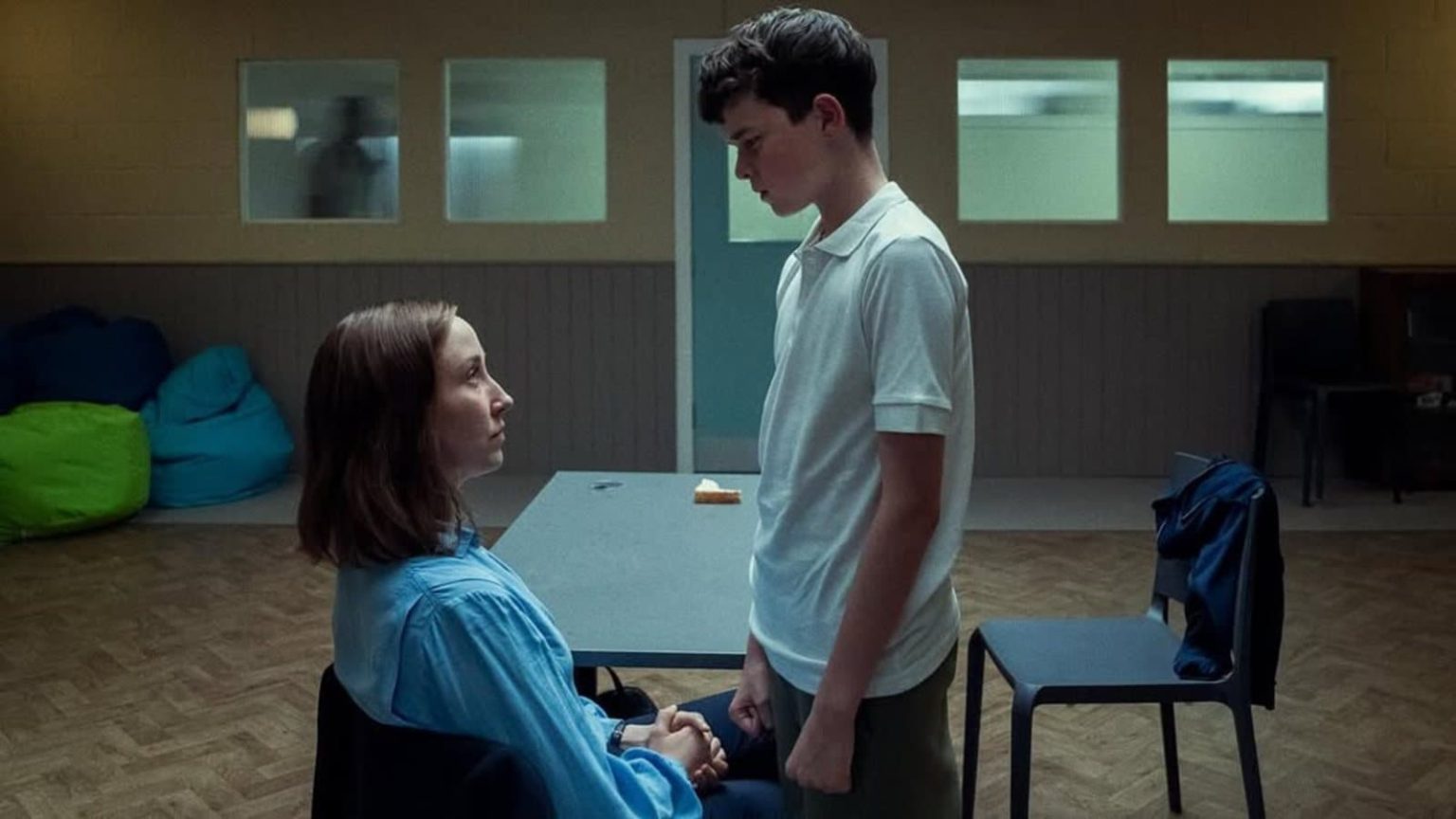The Dark Side of the Screen: Netflix’s "Adolescence" Sparks Conversation on Social Media’s Impact on Teen Mental Health
Netflix’s gripping crime drama "Adolescence" delves into the tragic murder of a teenage girl, exploring the complex circumstances surrounding the crime and the devastating consequences for all involved. While the series centers on the investigation and the impact on the perpetrator’s family, it also shines a stark light on the insidious role of social media in the lives of teenagers and its potential to inflict serious harm on their mental well-being. The series has ignited vital conversations about the pervasive influence of digital platforms and the urgent need for parents to understand and address the risks their children face in the online world. "Adolescence" serves as a wake-up call, prompting reflection on the ways social media can negatively impact young minds.
The series unfolds with the shocking arrest of 13-year-old Jamie, accused of fatally stabbing his classmate Katie. As detectives piece together the events leading up to the tragedy, they uncover a disturbing pattern of online interaction between the two teenagers. What initially appears to be a case of unrequited affection quickly spirals into a chilling example of cyberbullying, with Katie publicly humiliating Jamie on social media. The series suggests that this online harassment, coupled with Jamie’s pre-existing insecurities, contributed to the tragic outcome, highlighting the devastating consequences of unchecked online cruelty. This fictionalized scenario mirrors real-world concerns about the unchecked proliferation of cyberbullying and its potential to escalate into real-world violence, prompting parents and educators to confront the urgent need for effective intervention strategies.
"Adolescence" powerfully illustrates the multifaceted ways social media can negatively affect teenagers. Cyberbullying, as depicted in the series, is a pervasive and insidious form of online harassment that can have devastating consequences for victims. Experts emphasize the subtle and often coded nature of cyberbullying, making it difficult for adults to detect. Hidden behind emojis, slang, and sarcasm, seemingly harmless online interactions can mask deeply hurtful messages, leaving vulnerable teens feeling isolated, humiliated, and helpless. The mental health implications of cyberbullying are profound, ranging from anxiety and depression to suicidal ideation and lowered self-esteem.
Beyond cyberbullying, excessive social media use can contribute to a range of other mental health challenges. Constant online engagement can lead to emotional disconnection and loneliness, as teenagers prioritize virtual interactions over real-world relationships. The curated and often unrealistic portrayals of life on social media platforms can fuel body image issues and social comparison, leaving teens feeling inadequate and insecure. The constant stimulation and exposure to blue light from digital devices can disrupt sleep patterns, further impacting mental and emotional well-being. Furthermore, studies have linked excessive social media use to increased anxiety and depression, exacerbating existing vulnerabilities and creating a vicious cycle of negativity.
Recognizing the potential dangers of social media, experts offer guidance for parents seeking to protect their children from its harmful effects. Open communication is paramount. Creating a safe and non-judgmental environment where teenagers feel comfortable discussing their online experiences is crucial. Parents need to actively engage with their children’s online lives, fostering open dialogue about potential risks and offering guidance on navigating the complexities of the digital world. Encouraging real-world interactions and offline activities is essential to counterbalance the pull of social media and foster healthy social development. Participation in sports, hobbies, and community activities can boost self-esteem and provide a sense of belonging outside the virtual realm.
Monitoring children’s social media accounts, particularly during early adolescence, is another important step parents can take. While respecting their children’s privacy, parents need to be aware of their online activities and intervene when necessary. Teaching children about online safety, including the importance of privacy settings and responsible online behavior, is crucial. Educating them about the potential dangers of sharing personal information and interacting with strangers online empowers them to make informed choices and protect themselves.
Setting healthy boundaries around social media use is crucial for promoting balanced and well-rounded development. Rather than imposing strict rules, parents should engage in collaborative discussions with their children, establishing age-appropriate guidelines for screen time and platform usage. Involving children in the decision-making process fosters a sense of ownership and increases the likelihood of adherence. Finally, parents must model responsible social media habits themselves. Demonstrating healthy boundaries and prioritizing real-world interactions sets a positive example for children and reinforces the importance of a balanced lifestyle.
"Adolescence," through its compelling narrative, serves as a stark reminder of the potential pitfalls of unchecked social media use. While digital platforms offer numerous benefits, they also pose significant risks to teenagers’ mental and emotional well-being. By fostering open communication, promoting healthy online habits, and setting appropriate boundaries, parents can equip their children with the tools they need to navigate the digital landscape safely and responsibly, mitigating the potential harm and fostering their healthy development. The series underscores the urgency of this issue, emphasizing the importance of proactive parenting in the digital age. By understanding the risks and taking proactive steps to protect their children, parents can help them reap the benefits of social media while mitigating its potential harm. The conversation sparked by "Adolescence" has the potential to create a safer and more supportive online environment for all teenagers.


